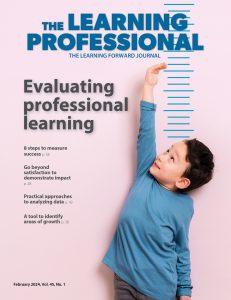There are many popular misconceptions about the content of feedback in the literature. Most misconceptions about feedback result from a more traditional view of feedback as information transmitted to a learner by a knowledgeable other as a part of assessment or evaluation.
Misconception 1: Feedback occurs only in performance evaluation.
This is understandable since most supervisors provide feedback during the dreaded annual performance review. When feedback is associated only with performance evaluation, it will continue to be sparse. In its 2013 State of the American Workplace Report, Gallup reports that 70% of American workers are not fully engaged in their workplace. Of the 12 attributes Gallup uses to assess engagement, a factor consistently associated with high levels of organization performance, four directly relate to the presence of feedback.
Misconception 2: People are feedback adverse.
Feedback is logical. Its absence in most organizations is illogical. Feedback as a process to promote growth is the fuel for improvement. When feedback is scarce, people lack knowledge to make changes in their practice…When they have ongoing opportunity to understand expectations, have clear goals, know where they stand in relationship to expectations, and clarify actions for changes, they are able to be more self-directed, continue to improve, feel more engaged, and feel better about their own performance.
Misconception 3: The feedback sandwich softens critical feedback.
Some management advisors recommend the use of the feedback sandwich, critical feedback pressed between two slices of positive feedback…While common as a component of performance evaluations or review, the feedback sandwich also has the potential to miscommunicate the intent, lessen the learner’s motivation to act on the information, and eliminates the learner’s opportunity to learn how to be analytic and independent.
Misconception 4: People prefer positive to negative feedback.
The direction of feedback, positive or negative, has been the subject of multiple studies over the years, yet results are inconclusive that one direction of feedback is preferable to or has a greater impact than the other. Learners usually understand that the purpose of the feedback process is to promote their growth. To that end, they want to be a part of a process that helps them understand how to improve.
Common though they may be, these misconceptions contain the seeds of an approach to feedback as a process rather than a product. Misaligned practices can, with some care, practice, and guided effort, be adapted or adjusted so they more closely align with practices recommended throughout this book.
The above is excerpted from chapter one of The Feedback Process: Transforming Feedback for Professional Learning by Joellen Killion. Read the full chapter preview or read more about the book.






